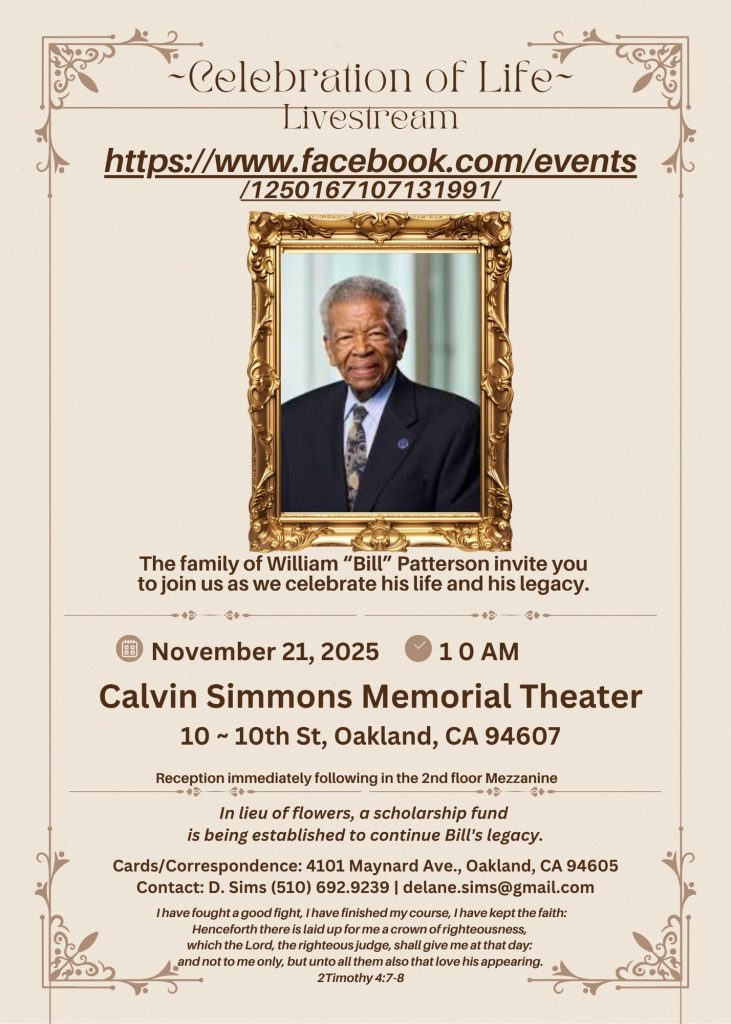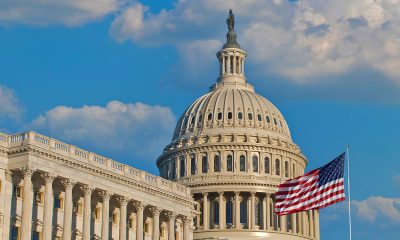City Government
Supervisors Provide Feedback on Budget Priorities
One-time funds, including federal relief funds under the American Rescue Plan Act (ARPA), will be available to address many of the County’s top priorities. Staff outlined initial recommendations, which included homelessness services, a contribution to the revitalization of Golden Gate Village community in Marin City, a County service hub in southern Marin, countywide climate change and sea level rise projects, tourist infrastructure investments in West Marin, and support for expanded broadband access in underserved areas.

Board and residents briefed on County finances and department workplans
Courtesy of Marin County
As the County of Marin prepares to finalize budget plans for the two-year budget cycle, the Marin County Board of Supervisors heard public feedback and offered its own guidance during informational budget planning sessions that concluded March 23.
The Supervisors heard about department workplans, emerging issues, and potential one-time budget allocations from the federal relief funds. Among the emerging issues, progress on racial equity, behavioral health and homelessness were among the topics reported to the Board. Long-term capital planning was also a central theme, with presentations from the Marin County Free Library and the Department of Public Works that highlighted anticipated repairs and improvements over the next few years.
One-time funds, including federal relief funds under the American Rescue Plan Act (ARPA), will be available to address many of the County’s top priorities. Staff outlined initial recommendations, which included homelessness services, a contribution to the revitalization of Golden Gate Village community in Marin City, a County service hub in southern Marin, countywide climate change and sea level rise projects, tourist infrastructure investments in West Marin, and support for expanded broadband access in underserved areas.
The County is expecting upward revisions to the ongoing fiscal outlook stemming from increased local property and sales taxes. Last year’s investment returns make the County fully funded for pension liabilities, which will also reduce the County’s required annual contributions. Staff will provide the Board with updated projections in April.
In her closing remarks, Board President Katie Rice noted that the County’s budget should include funding to prevent homelessness, invest in infrastructure, and advance racial equity initiatives. She also concurred with her colleagues that the County needed to address workforce recruitment and retention issues to better provide critical community services.
June 2021, the Board adopted a $683 million budget for 2021-22 just as the economy was beginning to recover from the COVID-19 pandemic.
The final fiscal year 2022-2024 Proposed Budget will be brought before the Board in June.
The County’s budget overview webpage allows residents to view interactive charts and graphs through the budget dashboard.
Activism
Oakland Post: Week of November 26 – December 2, 2025
The printed Weekly Edition of the Oakland Post: Week of November 26 – December 2, 2025

To enlarge your view of this issue, use the slider, magnifying glass icon or full page icon in the lower right corner of the browser window.
Activism
Oakland Post: Week of November 19 – 25, 2025
The printed Weekly Edition of the Oakland Post: Week of November 19 – 25, 2025

To enlarge your view of this issue, use the slider, magnifying glass icon or full page icon in the lower right corner of the browser window.
Activism
IN MEMORIAM: William ‘Bill’ Patterson, 94
Bill devoted his life to public service and education. In 1971, he became the founding director for the Peralta Community College Foundation, he also became an administrator for Oakland Parks and Recreation overseeing 23 recreation centers, the Oakland Zoo, Children’s Fairyland, Lake Merritt, and the Henry J. Kaiser Convention Center.

William “Bill” Patterson, 94, of Little Rock, Arkansas, passed away peacefully on October 21, 2025, at his home in Oakland, CA. He was born on May 19, 1931, to Marie Childress Patterson and William Benjamin Patterson in Little Rock, Arkansas. He graduated from Dunbar High School and traveled to Oakland, California, in 1948. William Patterson graduated from San Francisco State University, earning both graduate and undergraduate degrees. He married Euradell “Dell” Patterson in 1961. Bill lovingly took care of his wife, Dell, until she died in 2020.
Bill devoted his life to public service and education. In 1971, he became the founding director for the Peralta Community College Foundation, he also became an administrator for Oakland Parks and Recreation overseeing 23 recreation centers, the Oakland Zoo, Children’s Fairyland, Lake Merritt, and the Henry J. Kaiser Convention Center.
He served on the boards of Oakland’s Urban Strategies Council, the Oakland Public Ethics Commission, and the Oakland Workforce Development Board.
He was a three-term president of the Oakland branch of the NAACP.
Bill was initiated in the Gamma Alpha chapter of Kappa Alpha Psi Fraternity.
In 1997 Bill was appointed to the East Bay Utility District Board of Directors. William Patterson was the first African American Board President and served the board for 27 years.
Bill’s impact reached far beyond his various important and impactful positions.
Bill mentored politicians, athletes and young people. Among those he mentored and advised are legends Joe Morgan, Bill Russell, Frank Robinson, Curt Flood, and Lionel Wilson to name a few.
He is survived by his son, William David Patterson, and one sister, Sarah Ann Strickland, and a host of other family members and friends.
A celebration of life service will take place at Henry J. Kaiser Convention Center (Calvin Simmons Theater) on November 21, 2025, at 10 AM.
His services are being livestreamed at: https://www.facebook.com/events/1250167107131991/
In lieu of flowers, donations can be made to the Euradell and William Patterson scholarship fund TBA.

-

 Activism3 weeks ago
Activism3 weeks agoOakland Post: Week of November 12 – 18, 2025
-

 Activism3 weeks ago
Activism3 weeks agoIN MEMORIAM: William ‘Bill’ Patterson, 94
-

 Activism3 weeks ago
Activism3 weeks agoHow Charles R. Drew University Navigated More Than $20 Million in Fed Cuts – Still Prioritizing Students and Community Health
-

 Bay Area3 weeks ago
Bay Area3 weeks agoNo Justice in the Justice System
-

 #NNPA BlackPress3 weeks ago
#NNPA BlackPress3 weeks agoThe Perfumed Hand of Hypocrisy: Trump Hosted Former Terror Suspect While America Condemns a Muslim Mayor
-

 #NNPA BlackPress2 weeks ago
#NNPA BlackPress2 weeks agoTrump’s Death Threat Rhetoric Sends Nation into Crisis
-

 #NNPA BlackPress4 weeks ago
#NNPA BlackPress4 weeks agoProtecting Pedophiles: The GOP’s Warped Crusade Against Its Own Lies
-

 #NNPA BlackPress2 weeks ago
#NNPA BlackPress2 weeks agoLewis Hamilton set to start LAST in Saturday Night’s Las Vegas Grand Prix


























































